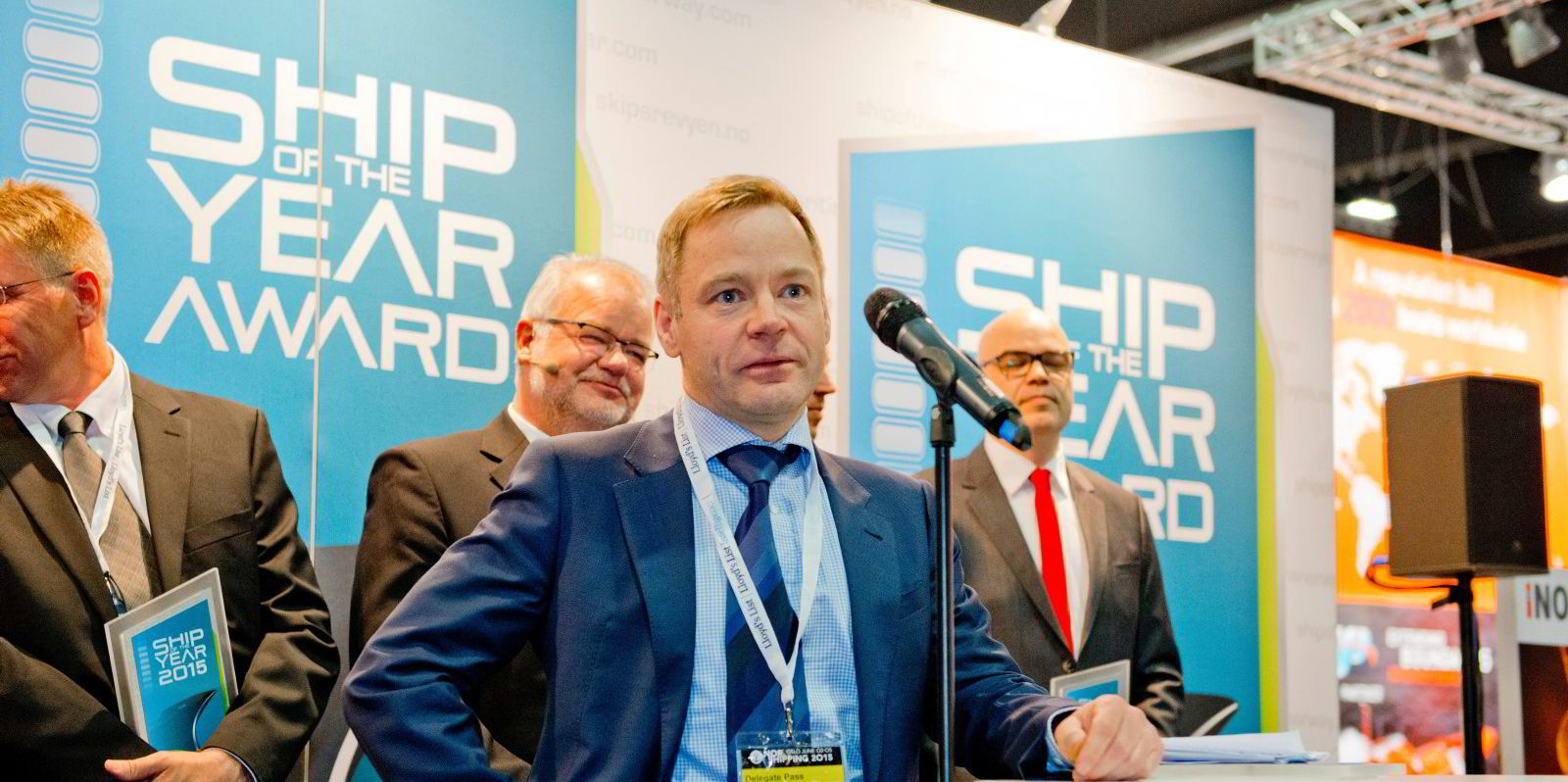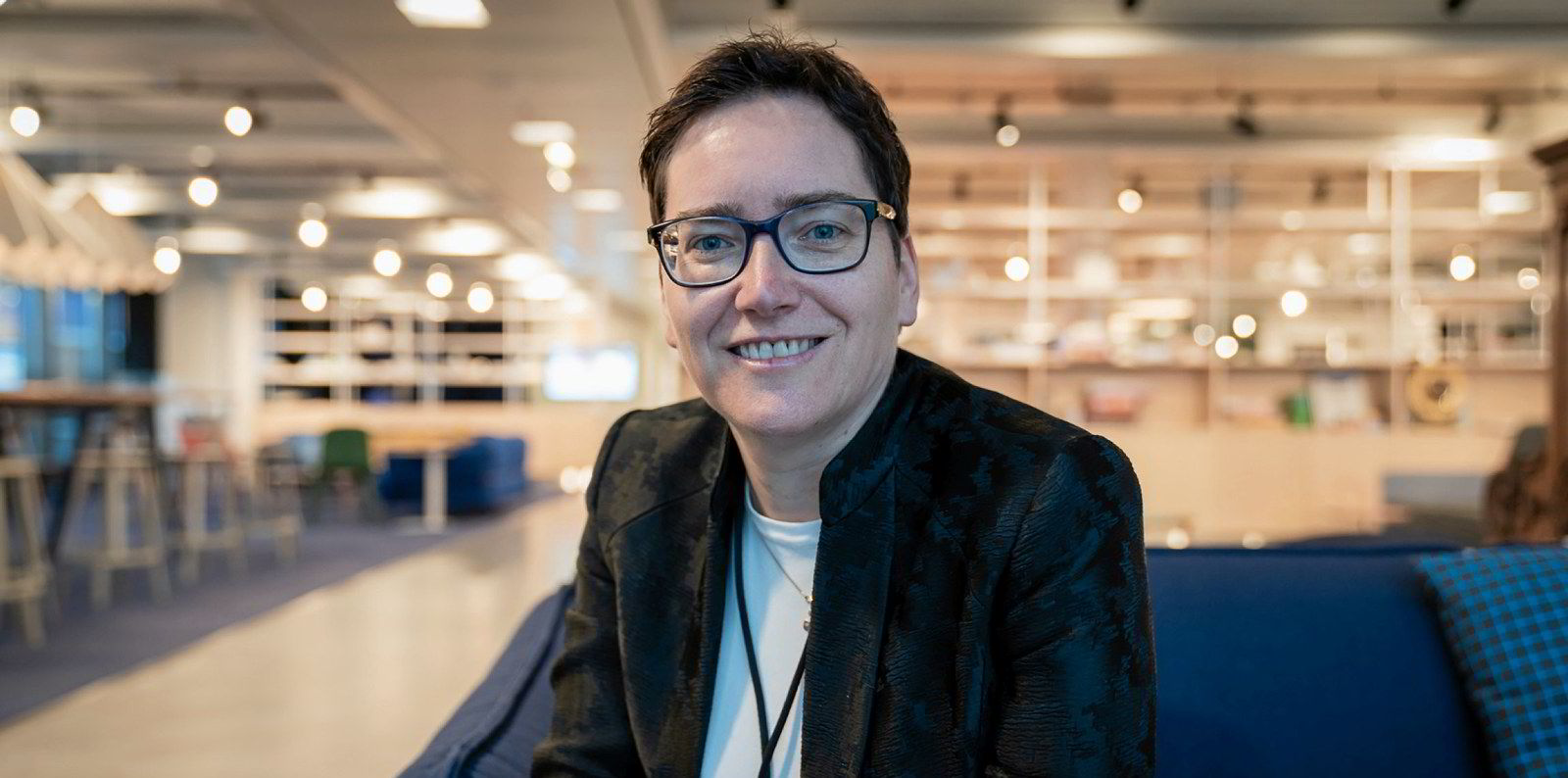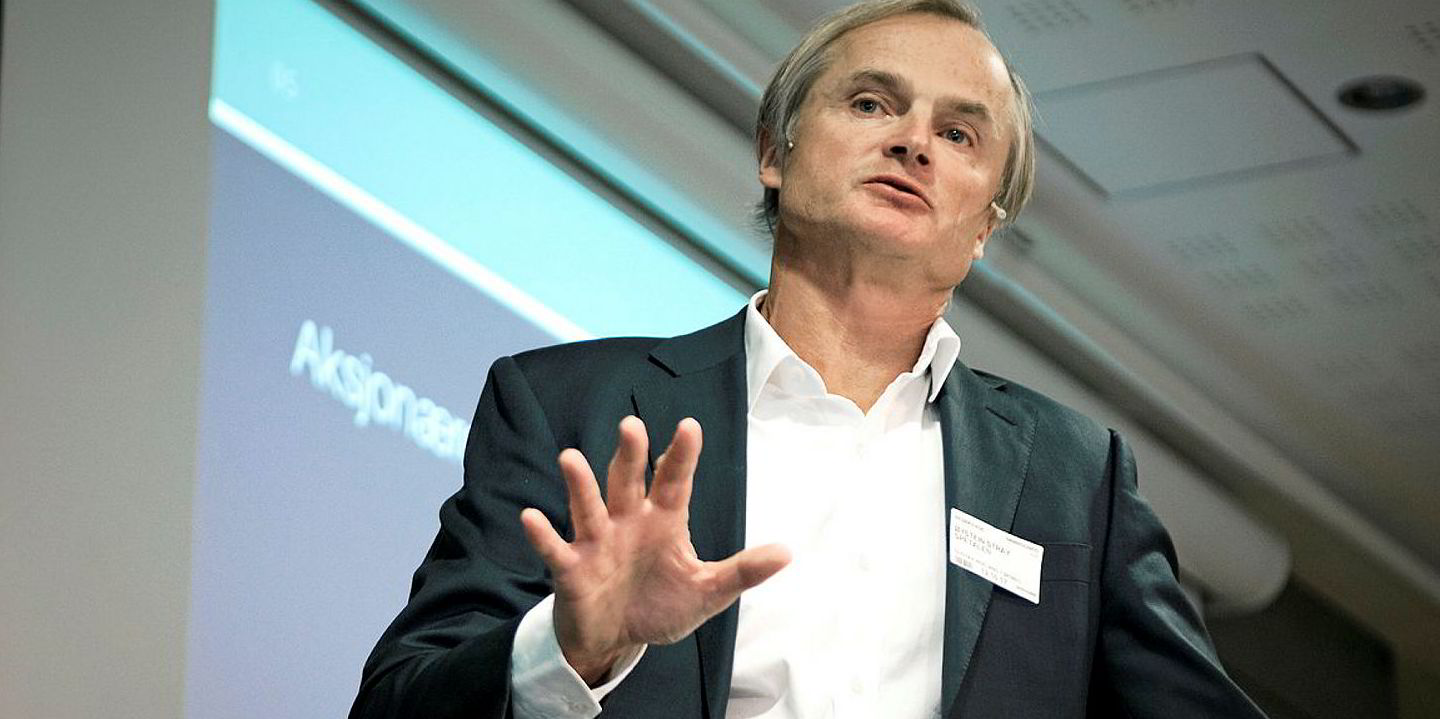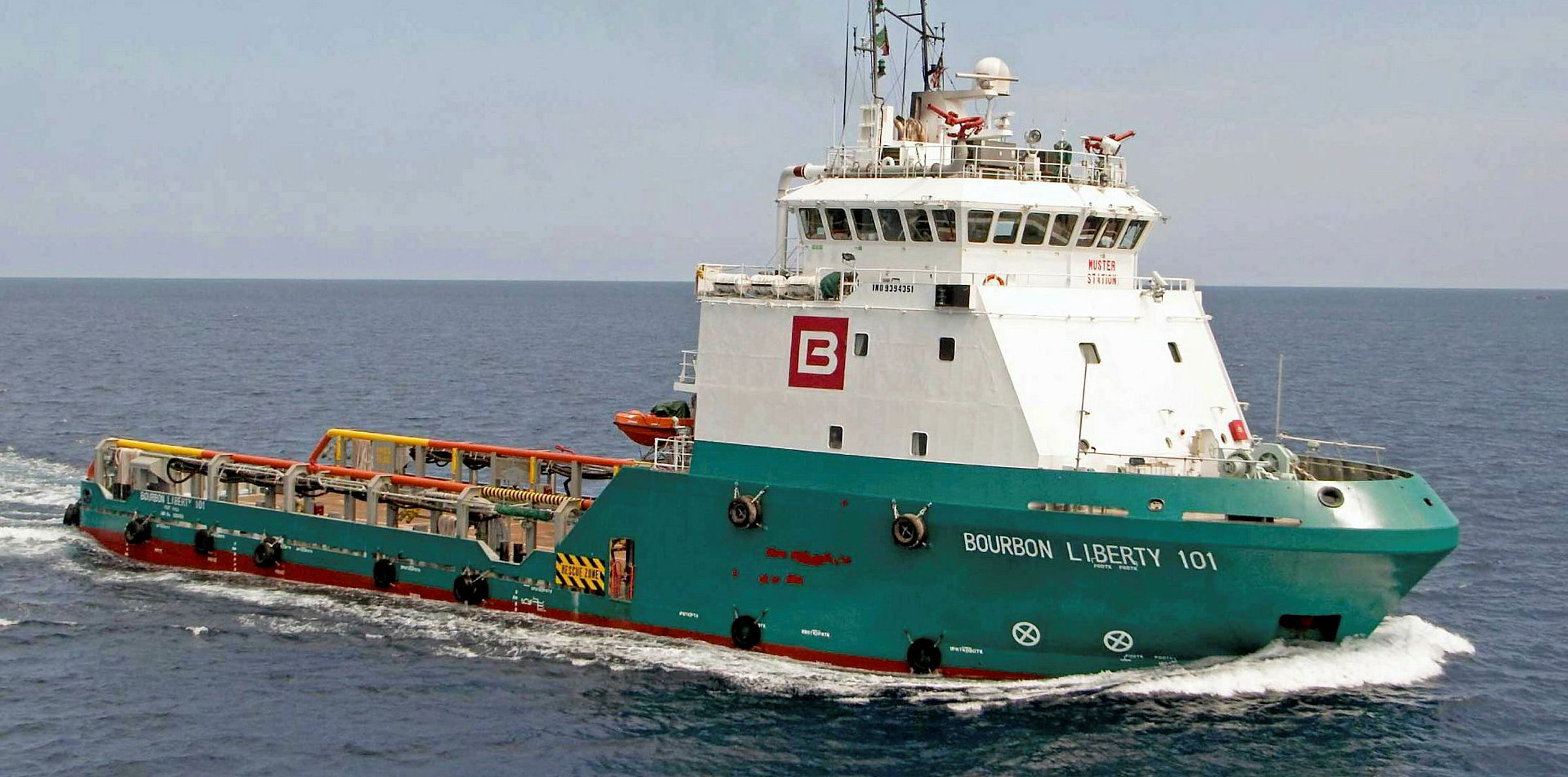DOF Group chief executive Mons Aase has said it is still very tough to secure decent platform supply vessel (PSV) rates in "dark" days for the sector.
The Norwegian company had 13 vessels laid up in weak markets at the end of the third quarter, about half of these being older PSVs.
Speaking on an earnings webcast, Aase said the outlook for offshore ships is still poor, with global PSV markets in particular "really tough."
He added: "It's still very challenging markets to operate in. We see a lot of ships going into lay up."
DOF is forecasting lower Ebitda in the fourth quarter than the NOK 879m ($86m) logged in the third period.
"It's very, very, very tough for PSVs. It's very, very difficult to find work that has decent payments. I would call it almost impossible," Aase said.
And he added: "It's completely dark."
The latest PSV spot fixtures in the North Sea were being done around a meagre level of £3,750 ($4,900) per day.
Anchor-handlers faring better
The outlook for anchor-handling tug supply ships is better, with more attractive rates possible for higher-specification vessels, Aase said.
There are still opportunities to win new business at decent levels, especially in Brazil, the CEO added. The same applies for subsea ships.
DOF is dependent on continued debt standstills until a long-term refinancing deal is agreed.
The company is trying to restructure $2bn of bank and bond debt after years of difficult market conditions.
New debt-swap plan
A plan has now been presented to banks and bondholders, the company revealed this week.
Chief financial officer Hilde Dronen said she could not reveal more details, but added the scheme envisages a debt to equity swap.
The company has negative equity of NOK 1bn currently.
"The board and management are of course working hard to secure a long-term solution," Dronen added.
"How long that will take is not easy to forecast, but discussions are ongoing and the dialogue is constructive."
A debt freeze is in place with banks to 31 January.
DOF's net loss for the third quarter was reduced to NOK 406m, which was better than the NOK 2.13bn in the same period of 2019.
The improvement came despite DOF taking an impairment of NOK 637m on the falling value of the fleet this year.







